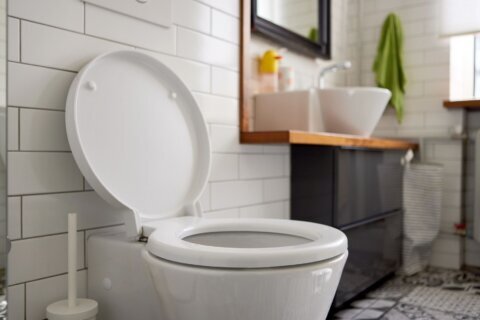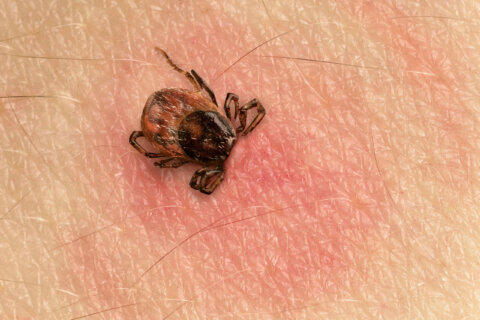A torn anterior cruciate ligament, or ACL, does not heal by itself; it has to be repaired. But a new approach that has just been given marketing approval by the U.S. Food & Drug Administration is said to enable healing.
The Bridge-Enhanced ACL Repair (BEAR) Implant is promoted as an alternative to reconstructive surgery using tendons from a patient’s body or a tissue bank.
“This is very novel. It is a breakthrough technology,” said Miach Orthopedic’s President and CEO Martha Shadan.
“The implant allows the cells from your ruptured ACL to grow into it, reestablish and reconnect the two broken ends,” Shadan said. “We don’t disrupt what we call the attachments to either side of the ACL. We leave the ACL alone and the two broken ends come back together.”
The implant eventually is absorbed into the patient’s body.
Full recovery time of about nine months before allowing “pivoting sports” matches what’s needed for currently-used reconstructive procedures, but Shadan said patients early on are asked to slow down a bit.
“Because this is different. We’re not putting a preexisting tendon in there from another part of the body; we’re allowing that tendon to heal. So, you have to respect the healing and give it a little time to remodel or strengthen and get thicker,” Shadan said.
Having a repaired tendon essentially returning to its natural state avoids problems that can result from reconstructive repairs. Sometimes the placement of the tendon isn’t anatomically correct and the knee never feels “good” again, according to Shadan. Or, patients have pain when kneeling or their knee feels “loose.”
“That’s why I say that this has been a goal of surgeons, because they understand that there is nothing as good as what you’re born with,” she said.
The implant consists of cow tissue.
“We purify it, clean it and process it. So, in the end, we get what we call an extracellular matrix, which is pure collagen with some other proteins in it,” she said.
Miach intends to launch the BEAR(r) Implant next year in a limited release of select geographic areas yet to be decided. She wouldn’t say whether the D.C. area is being considered.
“We’re in the middle of a pandemic, right?” Shadan said. “So, we have to be respectful of the challenges that hospitals are dealing with right now.”
The BEAR technology research was launched more than 30 years ago by Dr. Martha Murray, founder of Miach Orthopaedics, at the Boston Children’s Hospital Department of Orthopaedic Surgery.
The initial research was funded by the NFL Players Association, Boston Children’s Hospital and the National Institutes of Health.
Watch how the repair works in the video below.








